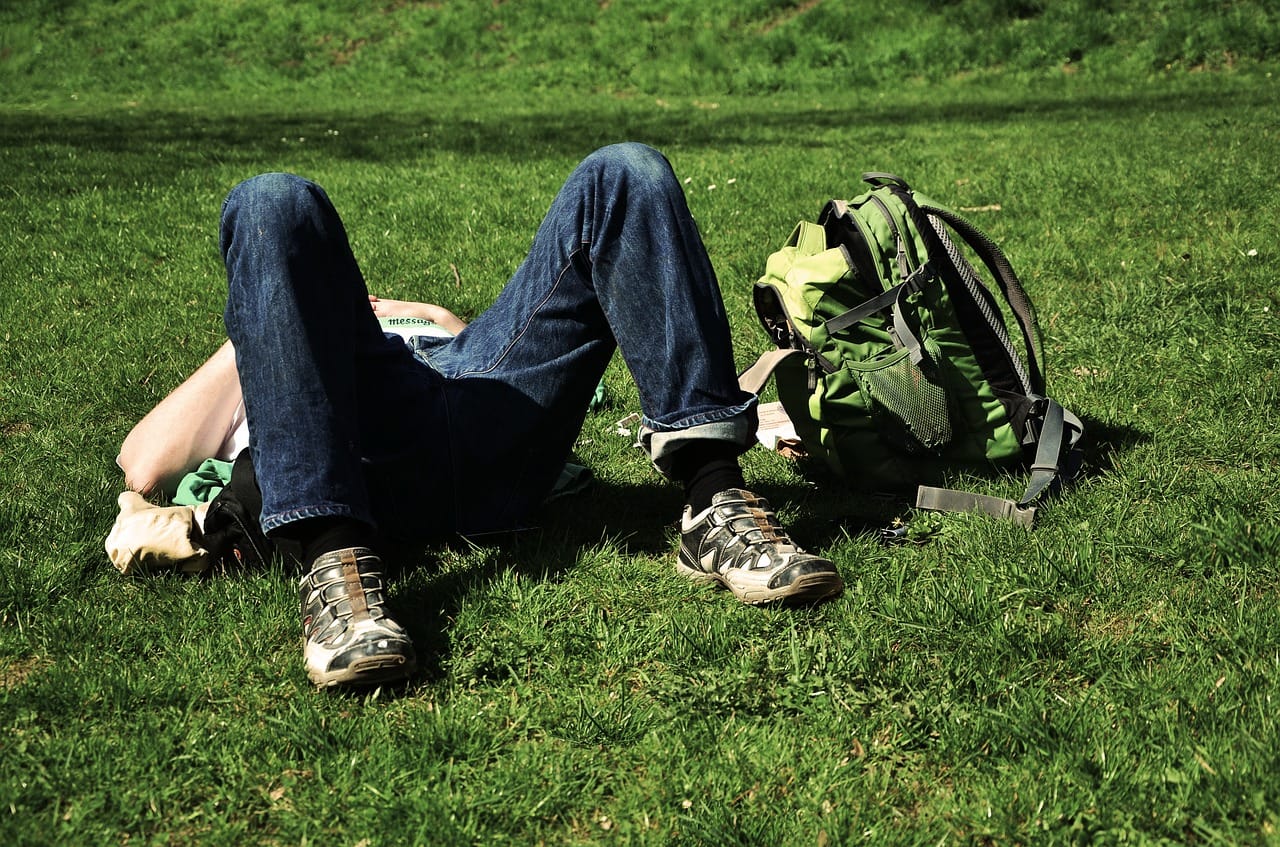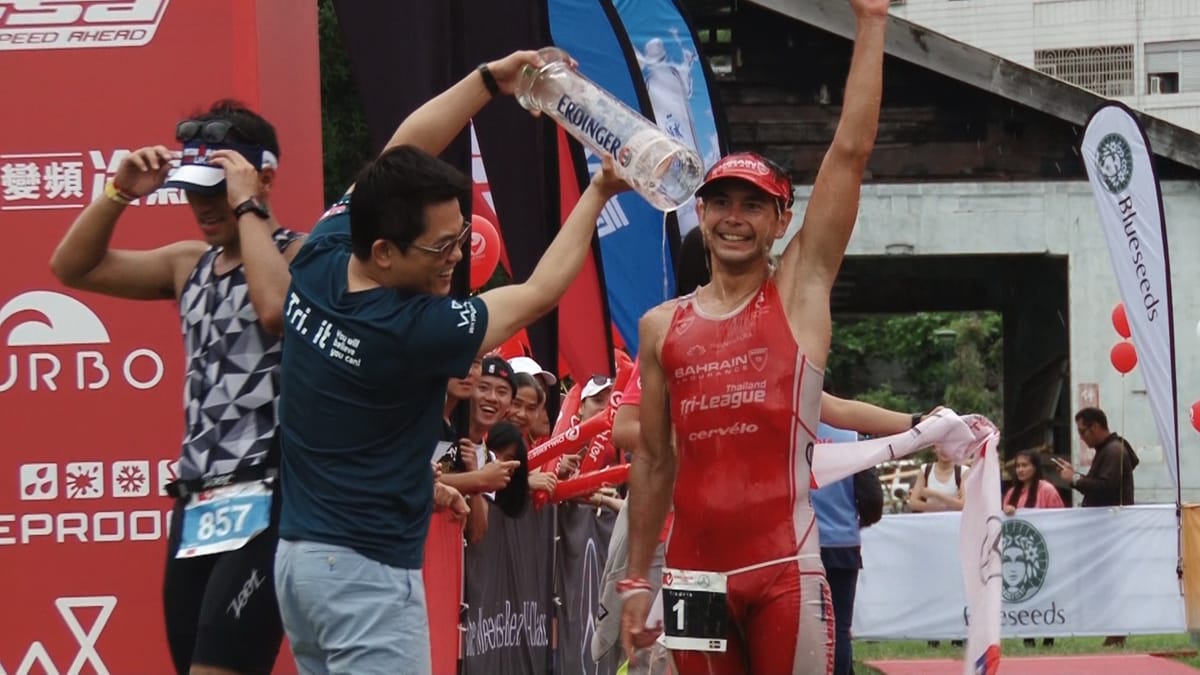There are only 24 hours in a day, and for many age group athletes, each hour of the day is crammed until overflowing. They typically juggle a full-time job, a demanding training schedule and family commitments, and then find time to pay their bills, buy groceries, pick up dry cleaning, run to the bank and then, hopefully, grab a few hours of sleep.
Often the combination of these day-to-day activities in conjunction with training can become too much. The triathlete starts to complain of feeling overwhelmed, tired and burnt out.
But there is good news – it’s common for athletes to feel this way during the competitive season as workload and intensity is far greater. And you will be pleased to read that your triathlon season is not doomed. Outlined below are several techniques pro-cyclists use to get out of that fatigued state and feel ready to successfully complete the remaining season. You can apply them to your triathlon activities too.
Complete days off
The simplest and easiest solution to repair the body and mind is to rest. Taking complete days off and not doing any strenuous activity may be the solution for many of you. In addition to forgoing your training schedule, try and clear your mind by going to a movie or heading to a local café for brunch. Getting out of your routine will help to relax your body and mind.
Hot/cold treatment
The contrast of soaking in hot water immediately followed by very cold water quickens and then slows the flow of blood throughout the body, thus aiding muscle recovery. This can be done at home by standing under a hot shower for two minutes and then standing under a cold shower for 30-to-45 seconds and repeating this process three-to-four times. If you have a shower and a bath, you could fill the bath with cold water and a few bags of ice and transfer back and forth between a hot shower and a cold bath.
Hydrotherapy
Hydrotherapy such as walking, kicking and swimming in water is recommended by many coaches, masseurs and physiotherapists as a method of rehabilitation and recovery. Many studies suggest that the feel of the water on the body relaxes the athlete and puts them in a better frame of mind, while also making the muscles feel better. Walking in the shallows at the beach really helps – just ask the many football teams who regularly do this.
Elevate your legs
Propping your legs above your head helps the blood flow back towards your heart. Many professional cyclists, after hard training, lie on the floor and prop their legs up against the wall to help the blood flow and speed up recovery.
Yoga and stretching
Yoga is an activity used by many athletes. Learning to control your breathing, while stretching and often using imagery are powerful relaxing techniques. Many of the low-impact yoga exercises can be used daily to cope with stress management.
Massage
Getting a regular massage will not only assist muscle recovery but may also help prevent injuries.
Routine health check
In more serious cases, the athlete may not feel any better after a period of rest and it’s worth considering a visit to your doctor. It could be poor nutrition combined with heavy training and long hours at work that has led to a decrease in iron and/or other minerals and vitamins. Low iron is more frequently experienced by female athletes, but once diagnosed, can be treated quickly.
Watch for warning signs
It’s important to listen to your body and recognise when you are pushing the limit too far. Try not to ignore the warning signs so your body doesn’t go into the red zone. When I was competing in national-level triathlons, I had built regular rest weeks (light swimming only, no running or cycling) into my season to ensure I didn’t drop into a fatigued state. Sometimes it’s good to take a day off, and rest your way into faster times for the remainder of the triathlon season.
The table below shows a typical working athlete’s week in detail.
| Activity | Hours |
| Work | 40 |
| Sleep | 50 |
| Travel to work/training | 10 |
| Meals prep./eating | 20 |
| Domestic duties | 14 |
| Family & friends | 14 |
| Total time in week for living | 148 |
| Time for training | 20 |
| Total hours in a week | 168 |








